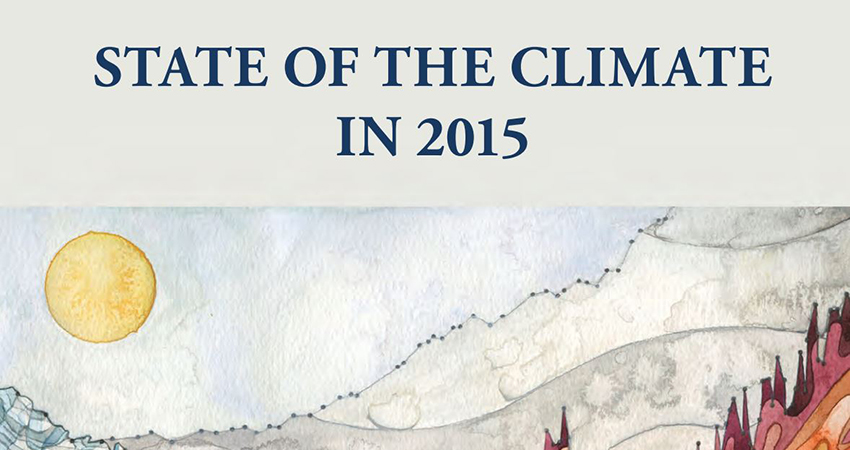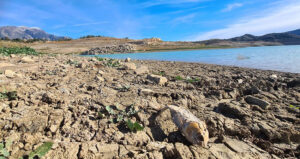American report shows global temperature rises again in 2015

-
 Editorial Team
Editorial Team
Share article:
A new State-of-the-Climate report confirmed that 2015 surpassed 2014 as the warmest year since the mid-to-late 19th century. Last year’s record heat resulted from the combined influence of long-term global warming and strong El Niño events. The new report was recently published by the National Oceanic and Atmospheric Administration (NOAA), an American organisation for meteorology and oceanography.
The report also found that most indicators of climate change continued to reflect trends consistent with a warming planet. Several markers such as land and ocean temperatures, sea levels, and greenhouse gases broke records set just one year prior.
Heat wave in Europe
From late June to early September 2015, much of Europe was under the influence of an unusually strong and long-lasting heat wave. Spain and Portugal also had well-above-normal temperatures in May. The heat was associated with an exceptional rain deficit that led to drought conditions in several regions from southwestern Iberia to eastern Europe, while at the same time heavy thunderstorms were recorded in the central and eastern Mediterranean.
Anticyclones
The heat wave affected much of Europe during June, July, and August. At the end of June, a blocking high pressure system developed over southwest-to-central Europe, with a meandering upper level jet stream, allowing hot air to flow from Africa to Europe, where it became trapped. In mid-July, the Azores high extended farther into central Europe, and by the end of the month, it shifted eastward. The anticyclone caused large-scale subsidence, and western Europe recorded maximum temperatures up to around 40°C. By the end of August, two anticyclones developed over eastern Europe. The resulting southerly flow of hot air masses brought high temperatures to eastern and central Europe.

















